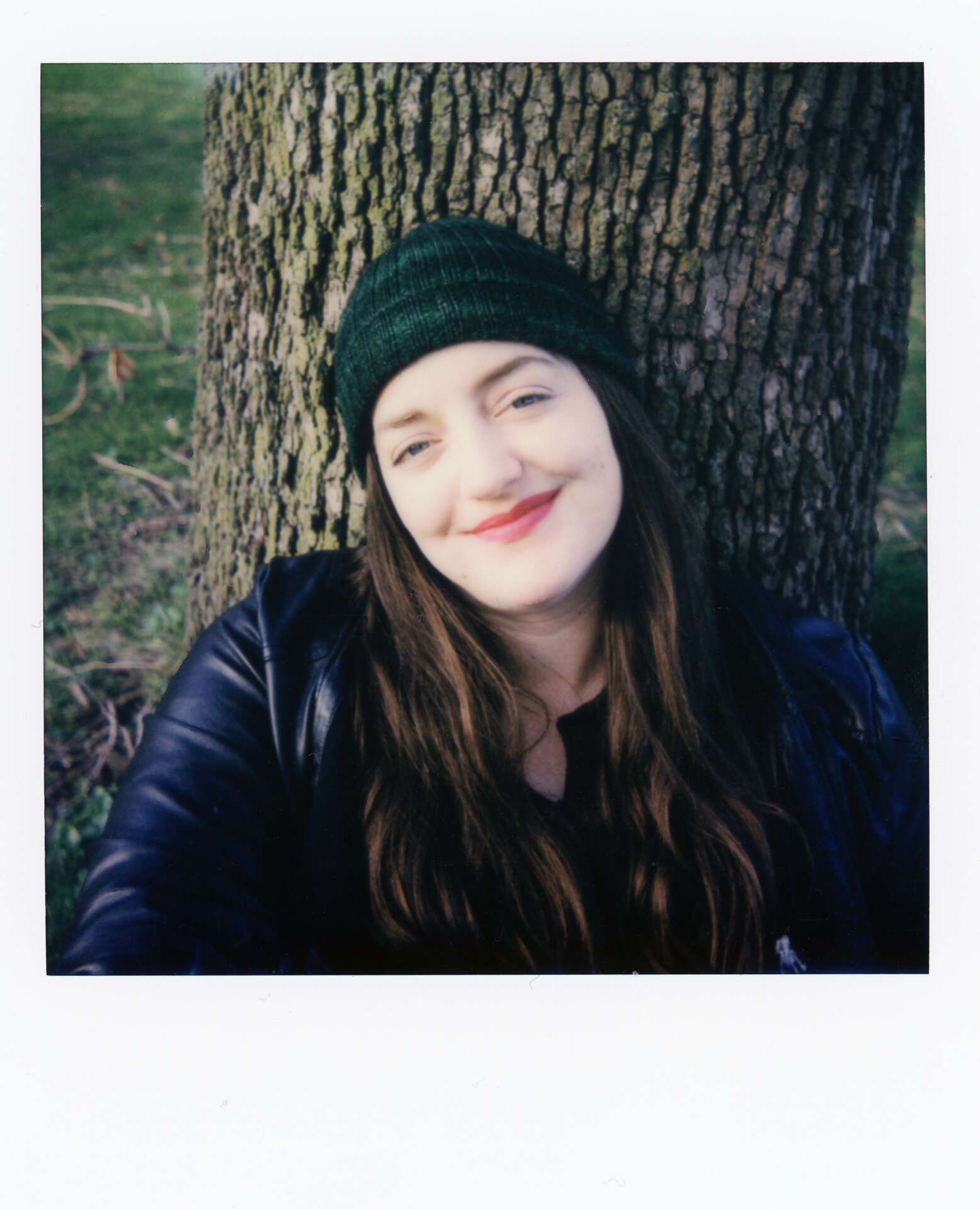We’re excited to introduce you to the always interesting and insightful Casey Reit. We hope you’ll enjoy our conversation with Casey below.
Casey, thanks for taking the time to share your stories with us today Learning the craft is often a unique journey from every creative – we’d love to hear about your journey and if knowing what you know now, you would have done anything differently to speed up the learning process.
My entry into analog photography- first (and primarily) with Polaroid photography and later with 35mm film and collage art- was shaped by a combination of creative longing and circumstantial isolation. I bought my first Polaroid camera less than three months before the world effectively stopped during the beginning of the COVID-19 pandemic. My day job as a high school counselor moved remotely and I suddenly had a lot of time alone. With that isolation came a desire to process my existential dread and uncertainty and find small moments of joy in a period of global grief. On my breaks, I would take long solo walks with my camera through my neighborhood park in Chicago. I observed and took pictures of my immediate surroundings: trees, street signs, public art, pigeons on the sidewalk, and park benches. How often did I stop and admire a neighbor’s flower garden, or the melancholy glow of a streetlamp? My camera taught me the answer: not nearly enough.
I quickly became addicted to the tactile magic of watching a Polaroid reveal a scene in my hand. It suddenly became important and urgent to appreciate and preserve ordinary moments on film. Our present experience is a fragile gift. We never know when our last day will be. Many people have died- and continue to die- due to the coronavirus, to systemic violence, to personal despair, and to so many other unjust tragedies. And while there are many aspects of being alive that are impossible to describe, photography uniquely helps us externalize, illuminate, and immortalize our aliveness. I felt more alive by capturing my life on film.
I do not have formal photography training. I am learning photography through a compulsion to create, over and over again, and through mostly free resources at the library and online. I also connected to a network of artists through social media platforms, and later through in person meetups. I’ve learned a lot by listening to them talk about their creative process. There is such invigorating energy from sharing your passion with a supportive community! I also didn’t realize how generous and affirming people can be when you invite them in. I am so grateful that many talented and kind people shared their time, connections, gear, and vulnerability. I wish I had the courage to have reached out to other people sooner about my art and asked for help earlier. Not everyone will understand you or support your vision, but more people will be on your side than you realize! Even the simple act of calling yourself an artist out loud (which took me many months to do!) is giving yourself permission to lean into creativity and take on more ambitious projects. Self-confidence is a skill that requires consistent practice and intentional nurturing. I realized I was holding myself back every time I doubted my creative self.
Part of my impediment to growth was my own mindset, but there is also the reality of money as an obstacle. To put it bluntly, it is really f**king expensive to be an analog artist now. You only get eight photos for one twenty dollar pack of Polaroid film. A few rolls of 35mm film will easily run you $100, and that’s not even factoring development and printing costs! If film cost less, I’d be using it way more! I know many artists feel similarly. There have been many times where I wanted to take film with me for random occasions, such as a live concert or a birthday party, but couldn’t because there were bills in front of me I had to prioritize. In an era where people routinely show off with a fridge full of film worth three months’ rent on Instagram, I had to step back a bit and accept my own financial limitations. It is okay to not do everything all the time. You are not less of an artist by taking breaks or working within your means. My art is no less valuable if I use cheaper film or thrifted equipment. I just have to keep going at my own pace and trust my own growth journey. I think this is a lesson I will continue to revisit as my artistic practice evolves!
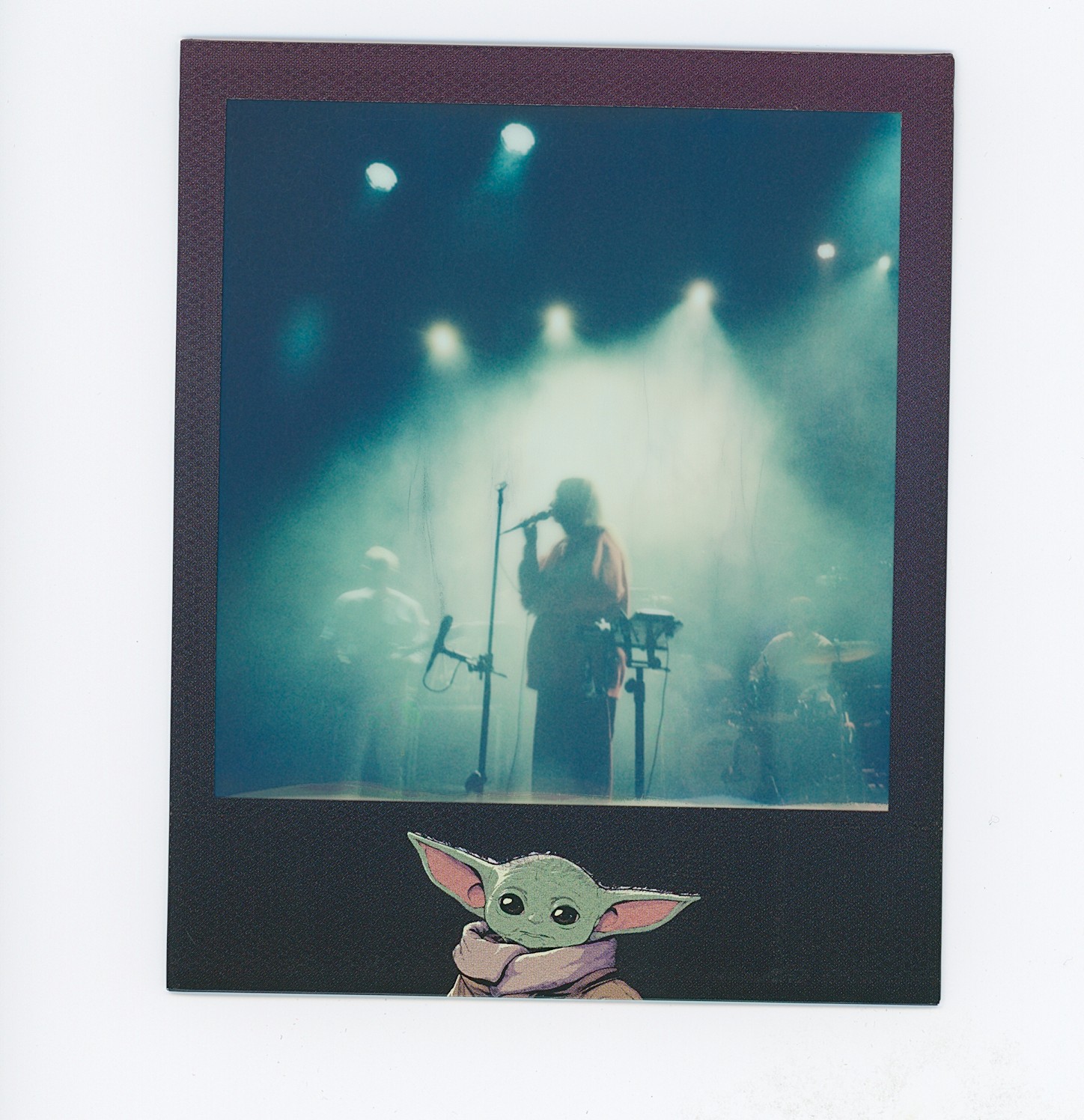
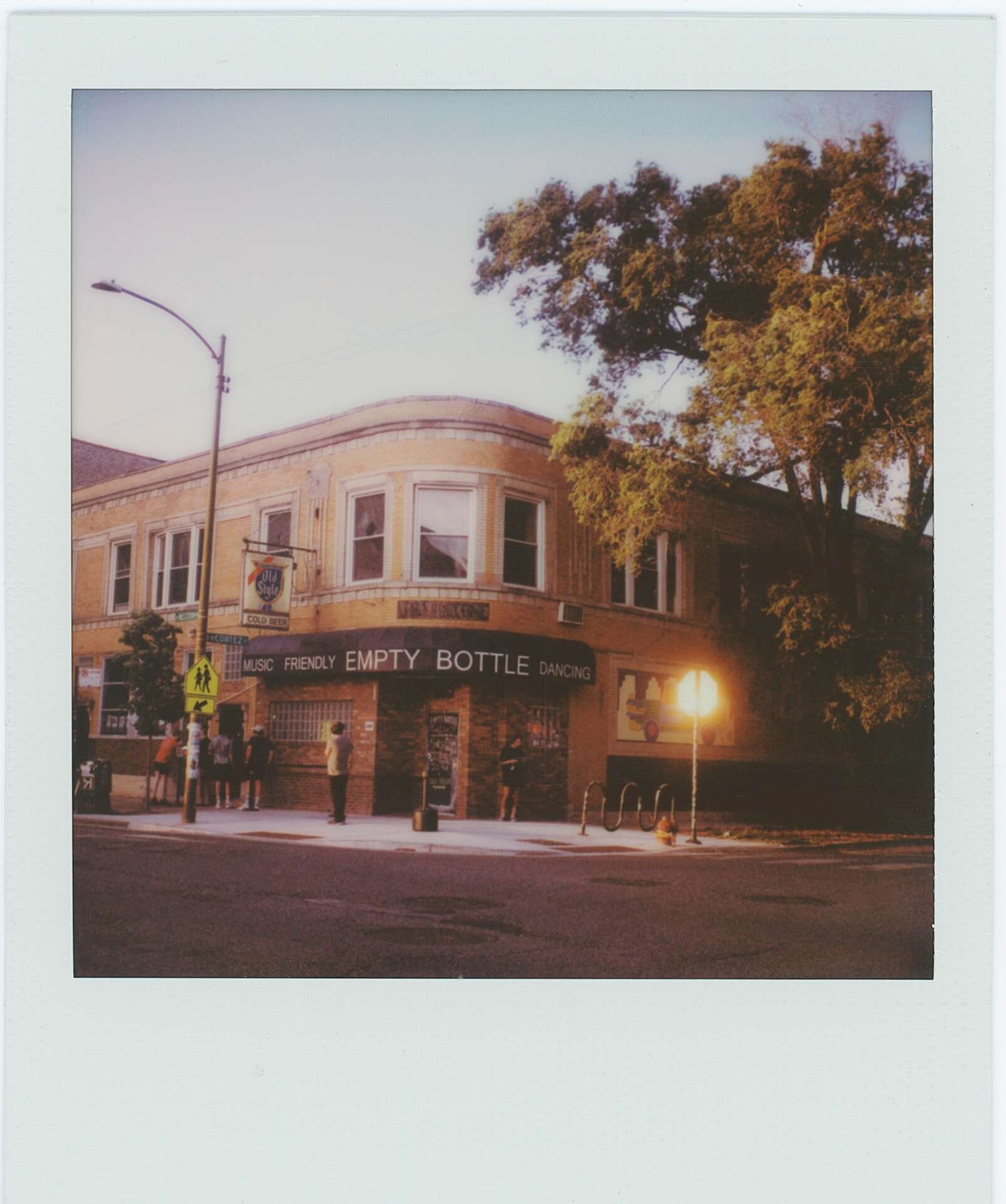
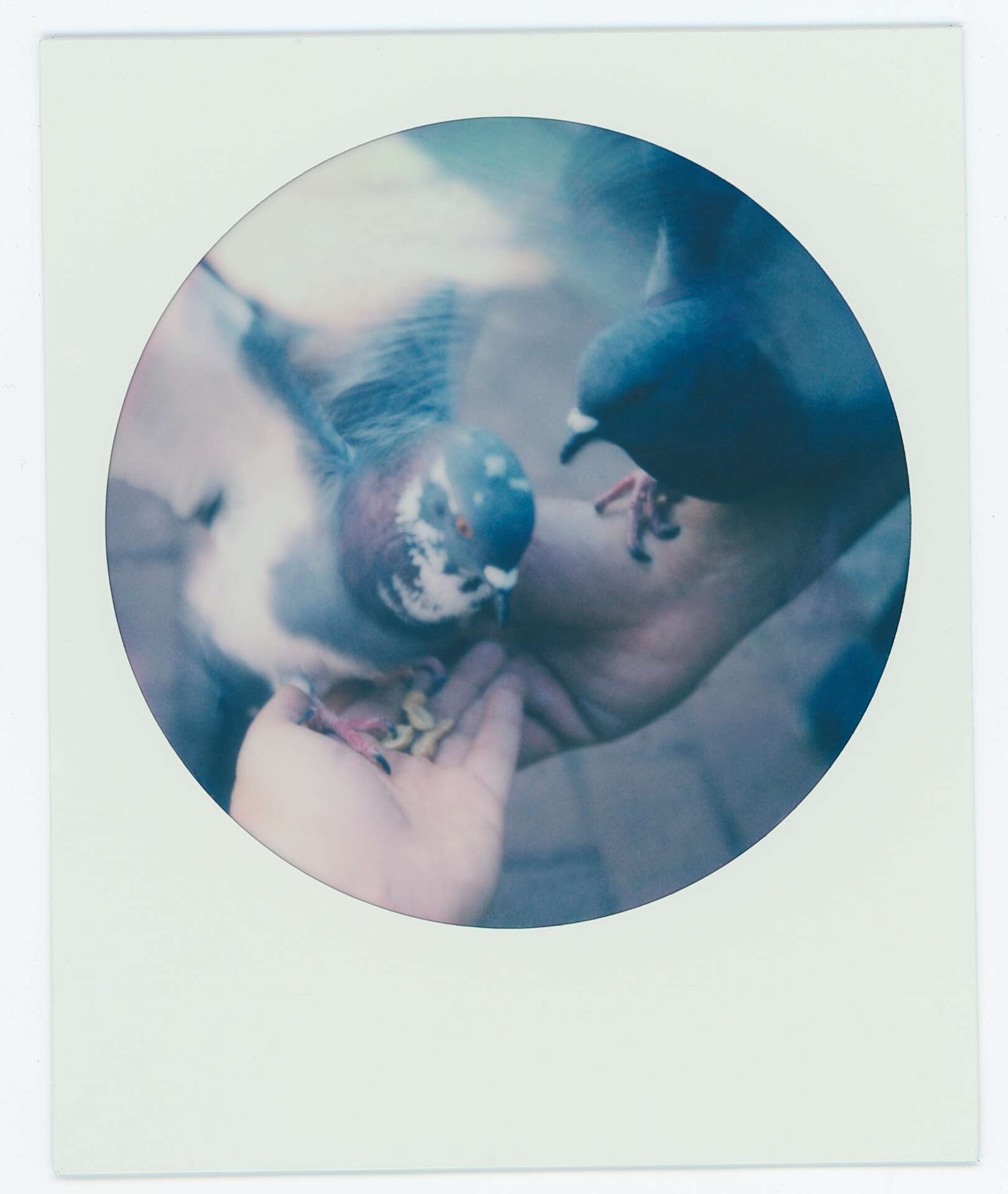
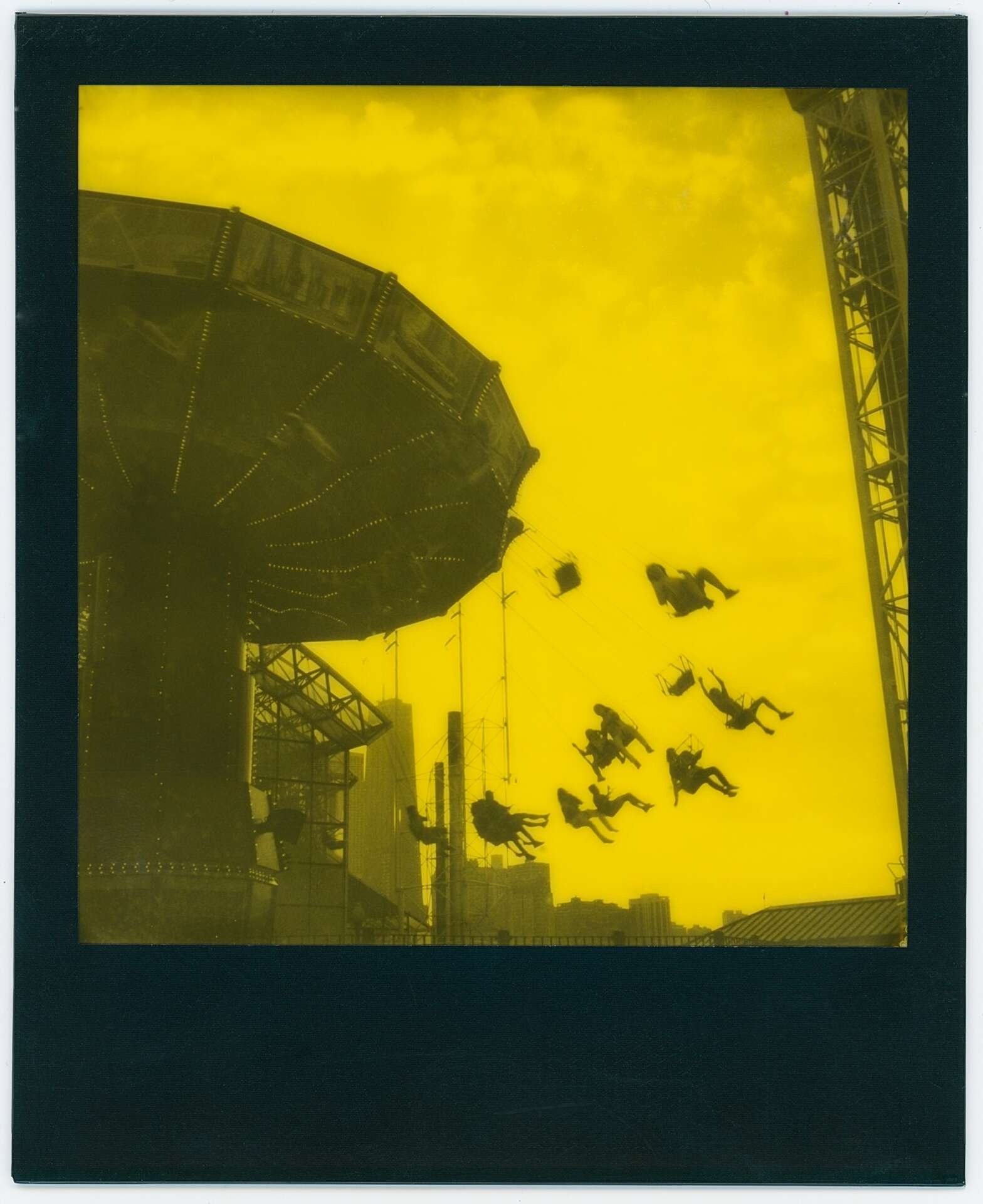
Great, appreciate you sharing that with us. Before we ask you to share more of your insights, can you take a moment to introduce yourself and how you got to where you are today to our readers
I am an analog photographer based in Chicago with a particular affinity for Polaroid film, and my work is presented under ‘Reit Angle Photography.’ My brand and business are still in the early phases of development, but I plan to move into steadier portrait work via pop-up events and one-on-one client sessions. My dream is to photograph musicians and collaborate on album art and promotional materials, but I am also excited to create custom photo experiences for special events such as birthday celebrations, graduations, and baby showers. I also enjoy creating other tactile products of my art for people to enjoy, such as stickers, keychains, and postcards. Capturing milestones on film is a gift for your present self and for future loved ones to look back on and share your joys. I want to be a collaborative partner for clients and make them feel affirmed and safe in my presence. I take consent seriously and want my clients to know that their needs and desires are essential to creating art together.
I recently photographed a baby shower for my friends and it was so special to create an instant photo guest book that they can share with their son as he grows up. I look back at photographs my late father took of our family when I was younger and am filled with immense gratitude, inspiration, and awe. That is the feeling I am determined to create with my clients!
What do you find most rewarding about being a creative?
I love sharing my art with my friends, family, and community members. I take immense pride in going over to any of my close friends’ homes and seeing my Polaroids on their fridges and desks, or having a coworker smile and flash their water bottle with my sticker on it. To me, this is the ultimate validation. And I love being able to show up and affirm other artists as well! I enjoy seeing other artists have gallery openings and vending tables at markets and publishing deals. I don’t see being a creative as a competitive, winner-take-all approach. I want everyone to be winning and making art on their own terms. We are all happier human beings for honoring our inner spark and sharing that flame in community.
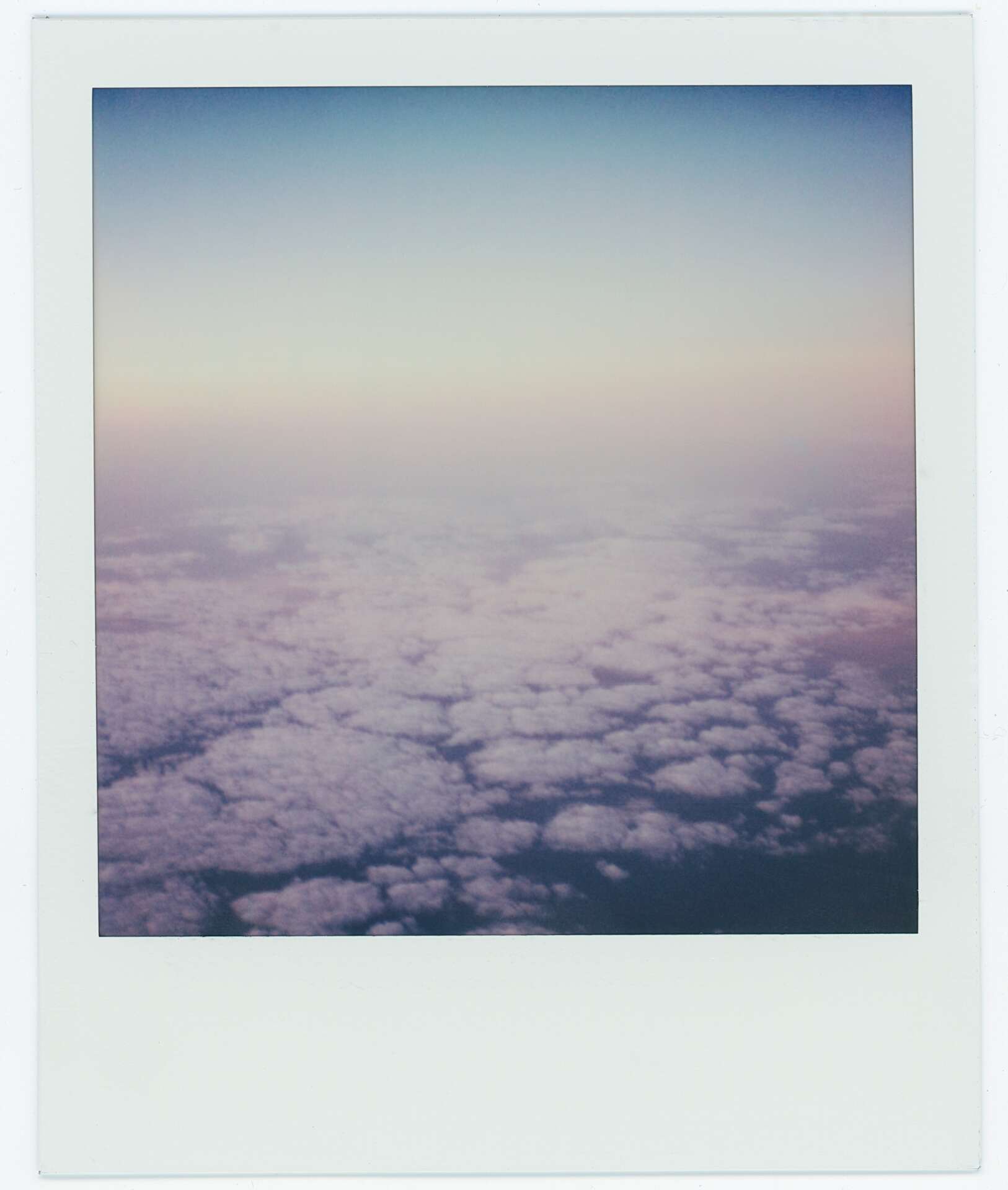


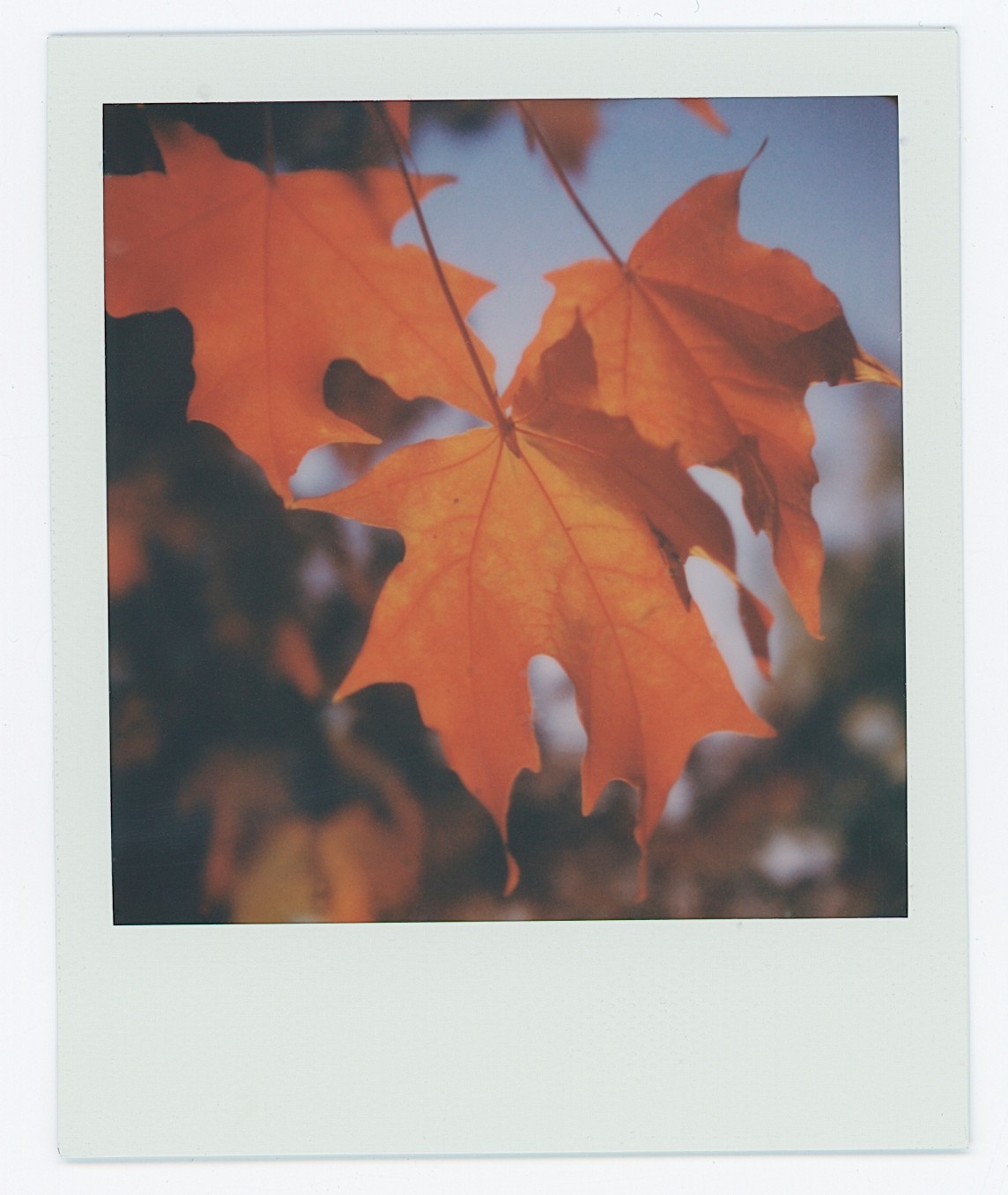
Is there something you think non-creatives will struggle to understand about your journey as a creative? Maybe you can provide some insight – you never know who might benefit from the enlightenment.
I think that because our modern society operates from a capitalistic perspective, we often only see the worth of pursuits by their profit potential. As a school counselor, I hate when young people are discouraged from pursuing a career in the arts because they are told “it’s not going to make you any money.” It should not only be an option for the privileged few to follow a creative calling. Pursuing art in the twenty first century often means having to juggle multiple jobs to cobble together a living wage or constrain creative projects to a part-time hobby. In a better world, there would be abundant scholarships for arts fellowships in every city and town in the US, and all forms of creative labor would be valued and compensated fairly.
The devaluing of arts education- art is often first at the chopping block when budget cuts arrive- reinforces an unsteady system of supports for artists trying to make it without generational wealth to scaffold them. People who don’t regularly engage with the arts need to understand that creativity is inseparable from an equitable, thriving, and healthy world. Art is social justice. Art improves our public spaces, reduces community violence, and bolsters mental health, among many other benefits both quantitative and qualitative. And yet we have an urgent need to make art pathways accessible and sustainable, particularly in marginalized communities. We need to do better!
Contact Info:
- Website: www.reitanglephotography.com
- Instagram: https://www.instagram.com/reit_angle/


